This video shows Tetrahymena sp. (common freshwater protozoa) cells feeding on a biofilm composed of freshwater bacterium Serratia plymuthica. The bacterial cells and biofilm structures are visible due to expression by the bacteria of a red fluorescent protein. Tetrahymena sp. cells are visible as rapidly-moving clusters of intracellular feeding vacuoles packed with red-fluorescing bacterial cells. The focal plane of the video moves down with each successive frame, revealing the effect of Tetrahymena sp. feeding activity on bacterial biofilm morphology as ciliate-sized channels and holes throughout the biofilm.
2012 Small World In Motion Competition

Honorable Mention
Tetrahymena sp. (ciliate) feeding on a biofilm composed of the bacterium Serratia plymuthica, which is expressing a red fluorescent protein
Andrew Dopheide
- Affiliation
- University of Auckland
School of Biological Sciences
Auckland, New Zealand
- Technique
- Confocal
- Magnification
- 400x
3rd Place
Complexity of ureteric bud branching and nephron formation
Dr. Nils Lindström
- Affiliation
- University of Edinburgh
The Roslin Institute
Edinburgh, Midlothian, United Kingdom
- Technique
- Time-lapse, inverted fluorescent microscope, organ culture, transgenic mouse reporter lines
Illustrating the development of live kidney cells, specifically a metanephric kidney that has been cultured in vitro and imaged over 4 days. The fluorescence originates from a conditional YFP reporter, which is only activated in cells expressing Pax8. The fluorescent cells belong to the ureteric bud (the tree), the induced nephron progenitors cell (cells around the tree tips) and nephrons that are forming (the shapes forming within the tree). The YFP signal is viewed using a heat-map that has been overlaid onto the bright-field channel.
Honorable Mention
A flowing liquid crystal, powered by weak gradients of molecular orientation and temperature
Dr. Oleg D. Lavrentovich
- Affiliation
- Kent State University
Liquid Crystal Institute
Kent, Ohio, USA
- Technique
- Polarized Light
This entry shows the fluid dynamics of liquid crystals. It is accompanied by changing colors resulting from shifts in the molecular orientation of the flowing liquid. Liquid crystals are now popular in TVs, laptops and other electronics.
Top 20
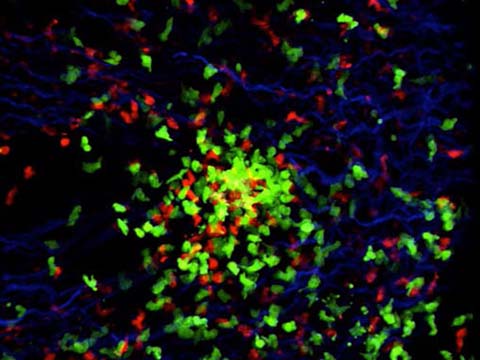
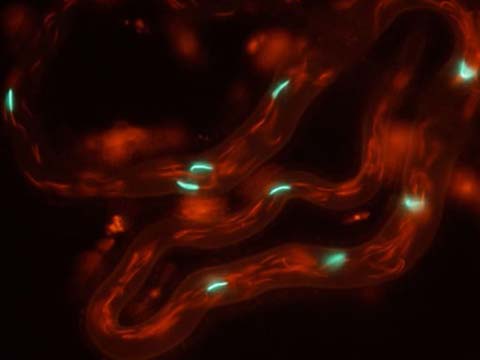
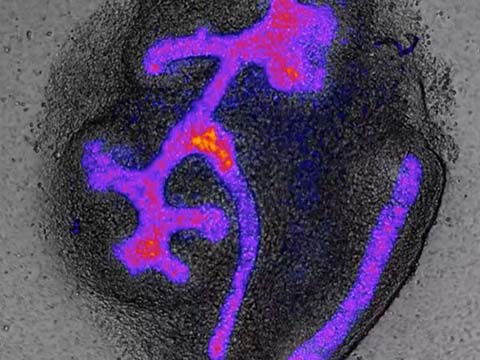
Honorable Mentions
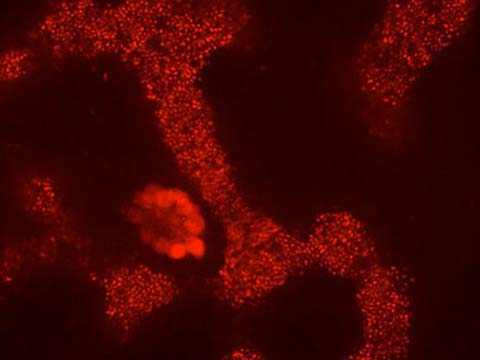
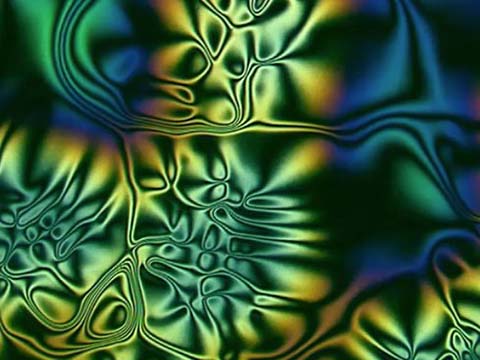
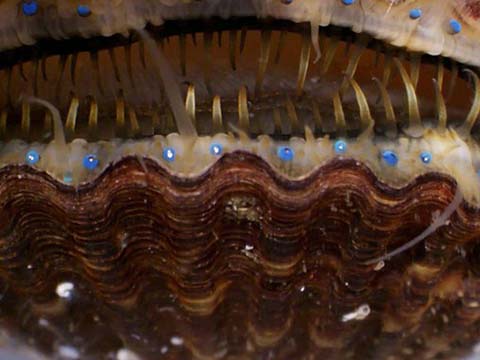
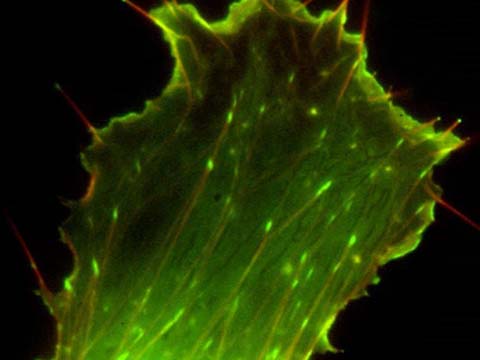
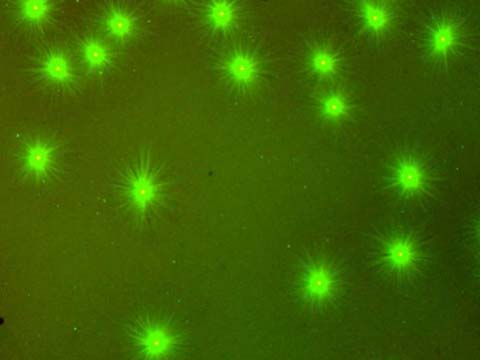


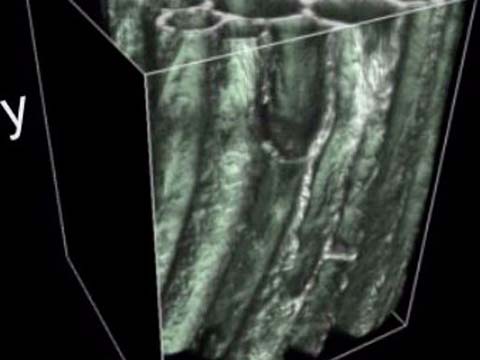

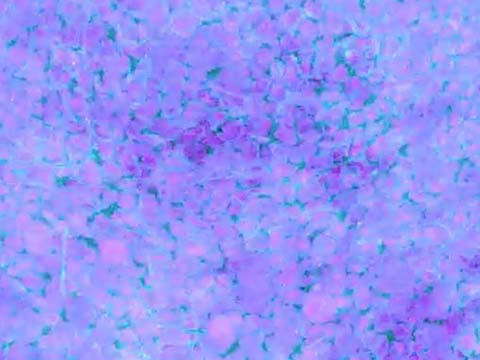
 Share
Share Tweet
Tweet Pin-It
Pin-It